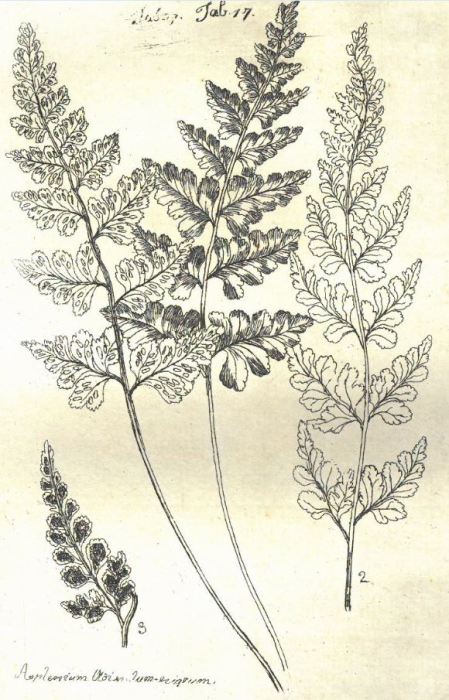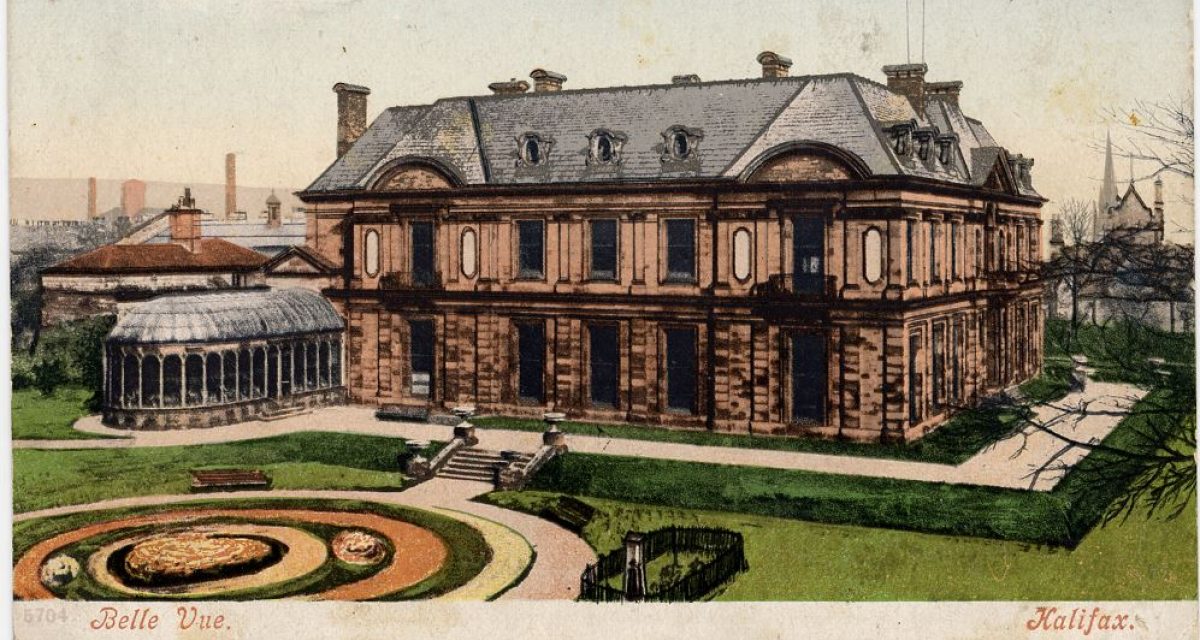Learn more about a local naturalist and artist…
Our latest display is a rare chance to see some beautiful drawings by James Bolton, a pioneering Naturalist and Artist from Halifax. Bolton taught himself to paint in order to illustrate his findings.
James Bolton’s brother Thomas also appeared to be a keen Naturalist. James often wrote to him describing the plants he discovered and the illustration process;
“Drawing was what employed my mind and had my love and I am glad to find the Orchids beautiful in that respect but it must be entirely repainted. I shall never repent the pains I have taken Drawing bye the bye. Drawing is the soul, colours are the body and both I find absolutely necessary, to the constitution of a good imitation of any natural object tho’ ever so small as they are absolutely necessary to the existence and motion of a Swallow, Trout, a Dormouse or a Man..”
Bolton is believed to have compiled ‘A catalogue of Plants Growing in the Parish of Halifax’ as part of Watson’s History and Antiquities of Halifax – first published in 1775, where he records 489 species including plants, ferns, lichens and fungi
Each description includes the botanical and common name, habitat and location as well as a technical description and Bolton’s own comments
In 1785 Bolton published ‘Filices Britanicae’ An History of the British Proper Ferns
In the introduction Bolton says “What he has here attempted to bring together, and illustrate the British Proper Ferns; no attempt of the kind having ever before appeared in our own or any other language..”
The volume Includes illustrations of ferns and detailed descriptions. He aimed to make the descriptions easy to understand “To make the little that I have written as plain as possible to the apprehension of every one, I have avoided as much as I could the use of the more difficult botanical terms”
The etchings were completed by Bolton “The drawing and etching of the figures are performed wholly by my own hands, from a close and careful inspection of the plants.”

In 1788 Bolton published the first volume of “An History of Funguses growing about Halifax” Over the next three years he published a further two volumes and an appendix.
It was the first British publication devoted exclusively to Fungi

As with his fern book, it was illustrated by copper plates and contained detailed descriptions, including physical descriptions of the root, stem, gills and pileus as well as the habitat found in.
The vast majority of his finds were around Halifax and he often names specific places he found the fungi, for example Lee Bridge, Shroggs, Shibden and very specifically Mr. Pollard’s garden at Stannary.
Bolton often credited and compared his findings to other naturalists where he felt the species were the same. He says:
“There is a pride in man, to be thought the inventor or discoverer of something new. In regard to things useful, this is a laudable vanity; but to add a new name to a known plant or other subject in Natural History, because we met with an individual perhaps distorted in its shape, diminished or increased in its quantity, sickened by improper food or soil or tinged with colours different to those of its own species, this is not only vain and ridiculous in itself but pernicious in its consequences.”
In 1794 and 1796 Bolton produced two volumes of Harmonia Ruralis or An Essay toward a Natural History of British Songbirds. As with his previous works it contained copper plates and detailed descriptions.
Most of the items in this display are part of a collection donated to Halifax Library in 1914 by Chas Crossland. They are part of the Library Special Collection, which consists of very old, rare or delicate books and manuscripts. The collection is looked after by West Yorkshire Archives.
